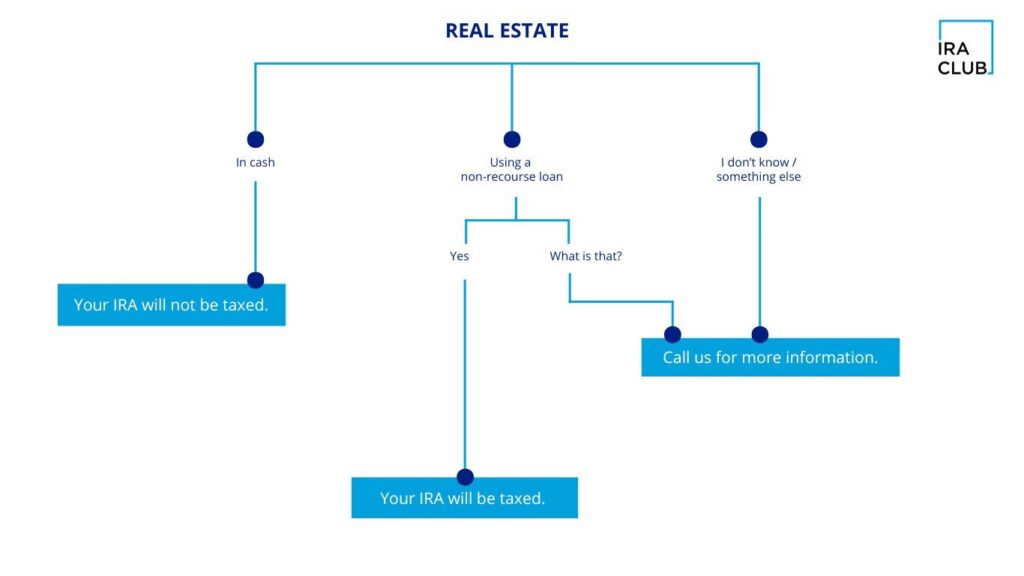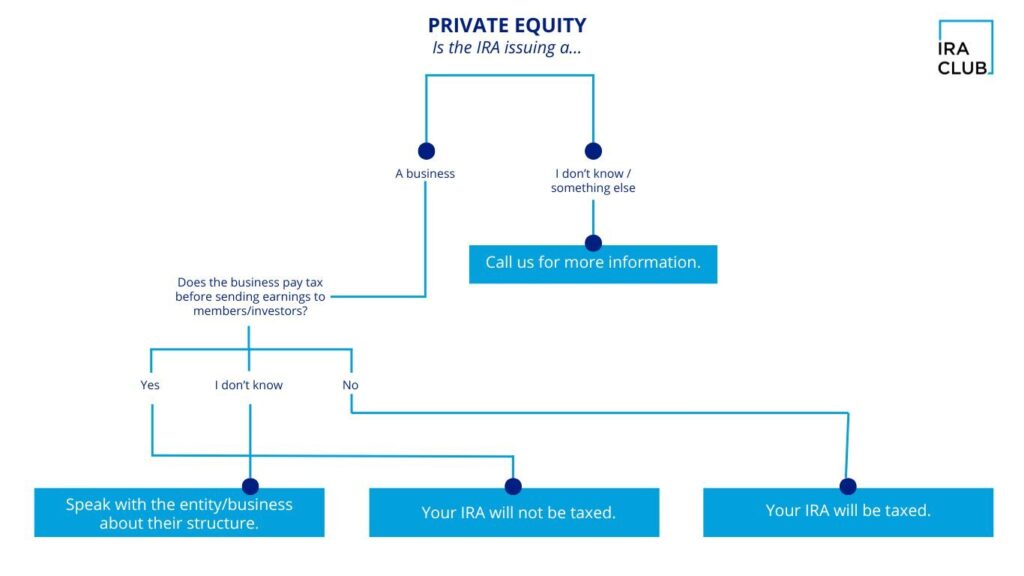Rising construction costs are reshaping the landscape for real estate investors. With new tariffs driving up the price of key materials, development budgets are tightening—and so are margins. These shifts are creating ripple effects that touch everything from housing affordability to investment strategy.
In this post, we’ll break down the latest economic data, explore how tariffs are influencing real estate trends, and highlight approaches that can help protect investor portfolios—especially those focused on fixed-income and income-generating strategies in today’s evolving market.
The Problem: Tariffs Drive Up Construction Costs and Investor Risk
Tariffs on imported construction materials have created a serious challenge: higher costs for builders and investors alike.
- Soaring Materials Prices: As of March 2025, construction input prices were 9.7% higher year-over-year, according to the Associated Builders and Contractors. Prices for essential materials like steel, copper, and lumber have surged due to tariff pressure.
- Budget Disruption: Contractors are receiving constant price adjustment notices, and many are forced to accelerate material purchasing or reconfigure project budgets altogether.
- Higher Home Prices: The National Association of Home Builders (NAHB) estimates that recent tariffs add about $9,200 to the cost of building a typical new home—ultimately affecting affordability and long-term value.
Tariffs, while implemented for economic policy reasons, act as a tax on construction—introducing friction into an industry already facing labor shortages and tight timelines.
Amplifying the Impact: Delays, Financing Strain, and Reduced Supply
The effects of tariffs extend beyond material prices. They amplify risk and unpredictability across the development and investment chain:
- Project Delays: Increased costs and procurement challenges are delaying construction timelines, especially for multifamily and commercial properties.
- Financing Headwinds: Developers are facing tighter credit conditions and rising interest rates, forcing many to seek alternative financing sources.
- Supply Shortages: Multifamily housing starts fell 40% in 2024, according to U.S. Census data, reaching their lowest point since 2012.
These conditions are encouraging many investors to explore alternatives to direct development projects—especially those that still offer exposure to real estate while minimizing volatility.
A Strategic Shift: Private Credit and Fixed-Income Real Estate Solutions
As construction costs rise, more investors are considering private real estate credit and fixed-income strategies as a way to earn yield without the development risk. These approaches offer:
- Income Generation and Capital Preservation: Structured credit strategies like real estate-backed loans can provide steady returns with downside protection.
- Floating Rates as a Hedge: Floating-rate structures can help mitigate the impact of rising interest rates or cost inflation.
- First-Lien Protections: These strategies often prioritize senior secured positions, helping to protect capital during market disruptions.
For investors interested in exploring how these structures work, this educational article breaks down the fundamentals of fixed-income real estate investing.
Navigating Tariff Volatility with Experience and Planning
Experienced investment managers often adapt their strategies by:
- Including construction contingency reserves during underwriting.
- Working with developers who proactively source domestic materials and plan for supply chain challenges.
- Focusing on projects in high-demand areas like workforce housing or stabilized multifamily properties.
These techniques help mitigate construction-related volatility while continuing to prioritize income and stability.
Continue Exploring: How to Build a Resilient Real Estate Income Portfolio
For those interested in learning more about fixed-income real estate, this resource covers how such strategies can be accessed through retirement accounts like self-directed IRAs.
Whether you’re investing directly or through an IRA, staying educated on market shifts and risk management strategies is key to long-term success.
Final Thoughts
New tariffs are altering the real estate investment landscape, but informed investors can adapt. By focusing on yield, downside protection, and smart portfolio construction, investors can weather short-term volatility while building long-term value.
This article was provided by The Mid-Atlantic Fund for educational purposes only.
IRA Club does not provide investment, tax, financial, or legal advice, nor do we endorse any products, investments, or companies that provide such advice and investments. All parties are strongly encouraged to perform due diligence and consult with the appropriate professional(s) licensed in that area before entering any investment. Performing due diligence helps protect against fraud. IRA Club discloses that it may receive an investment holding/technology facilitation fee for each member who invests through the Investor’s Row platform.






